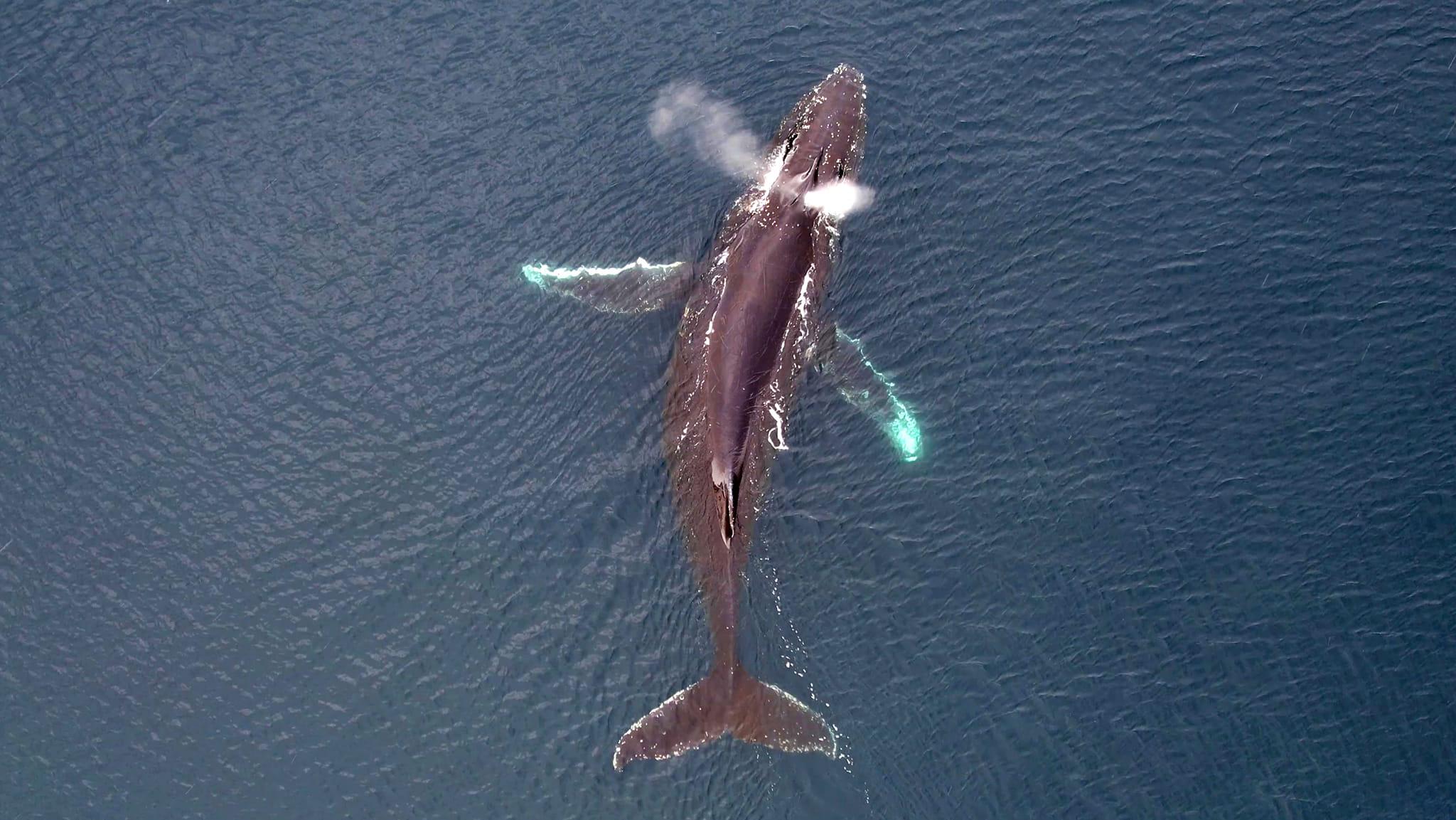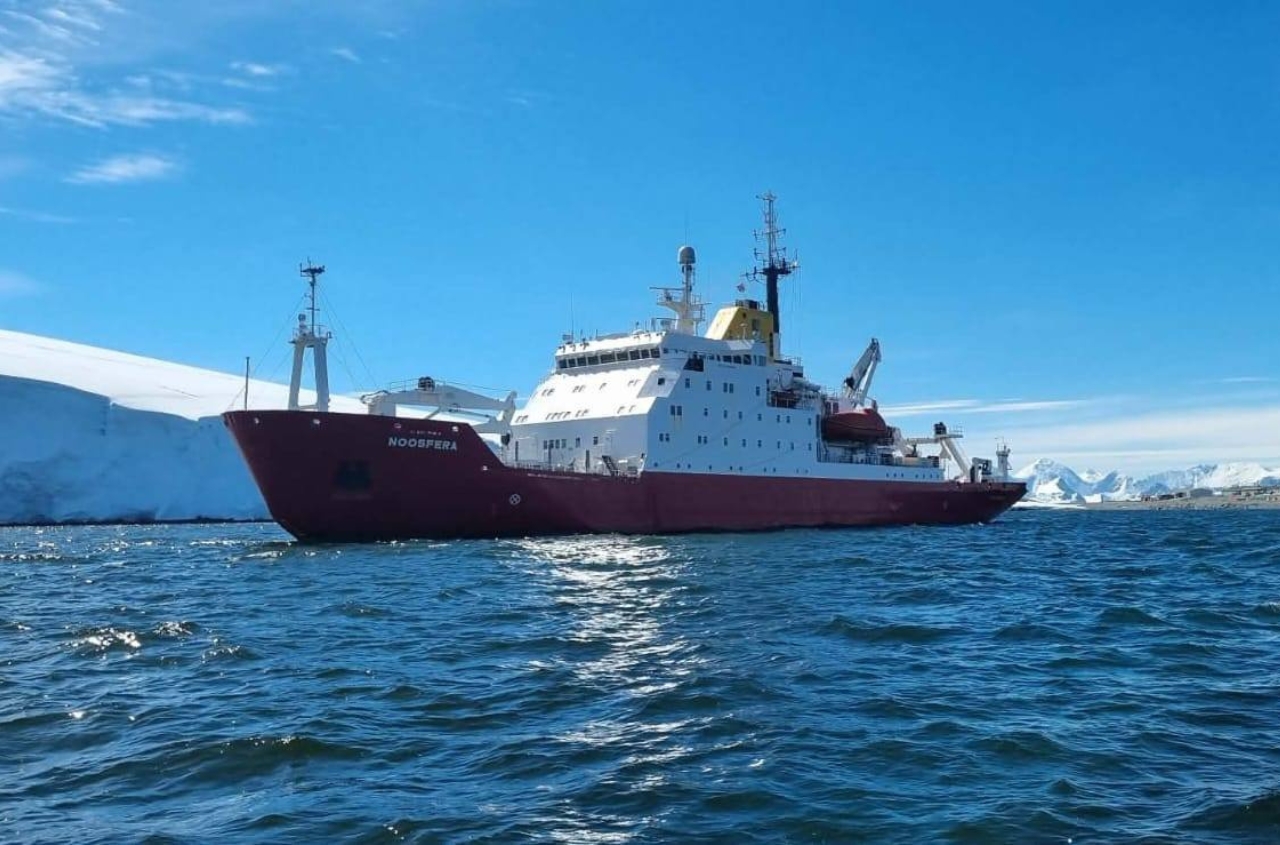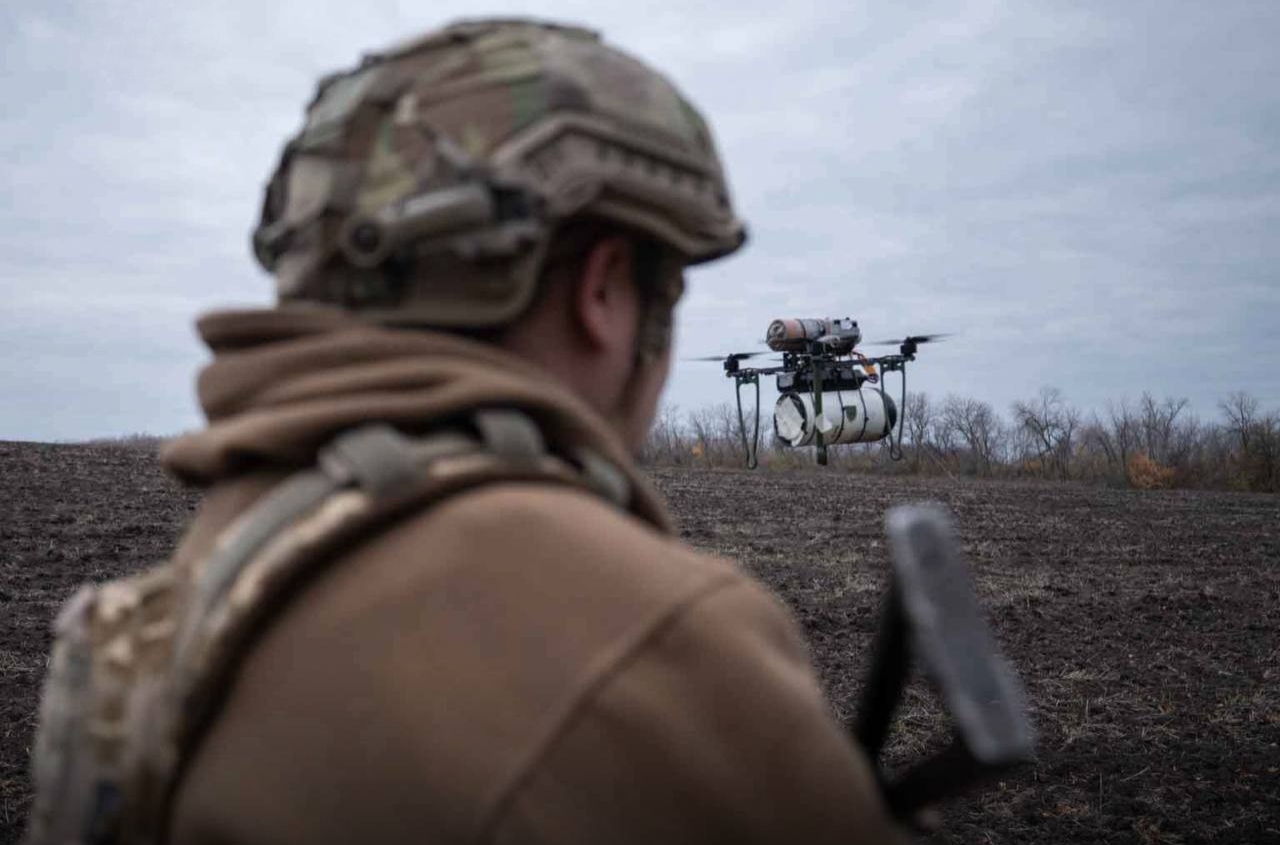Despite all the challenges of a large-scale war, Ukrainian scientists continue scientific research in Antarctica with the involvement of new research methods. So, this season, our biologists started using drones to better study the largest animals on the planet - whales.
Whales are huge. For example, the length of humpback whales, the most common in our area, reaches 13-15 m, and blue whales are 30 meters in total. Of course, measuring these giants from a boat or the shore is quite difficult, but the image from a drone makes this task much easier.
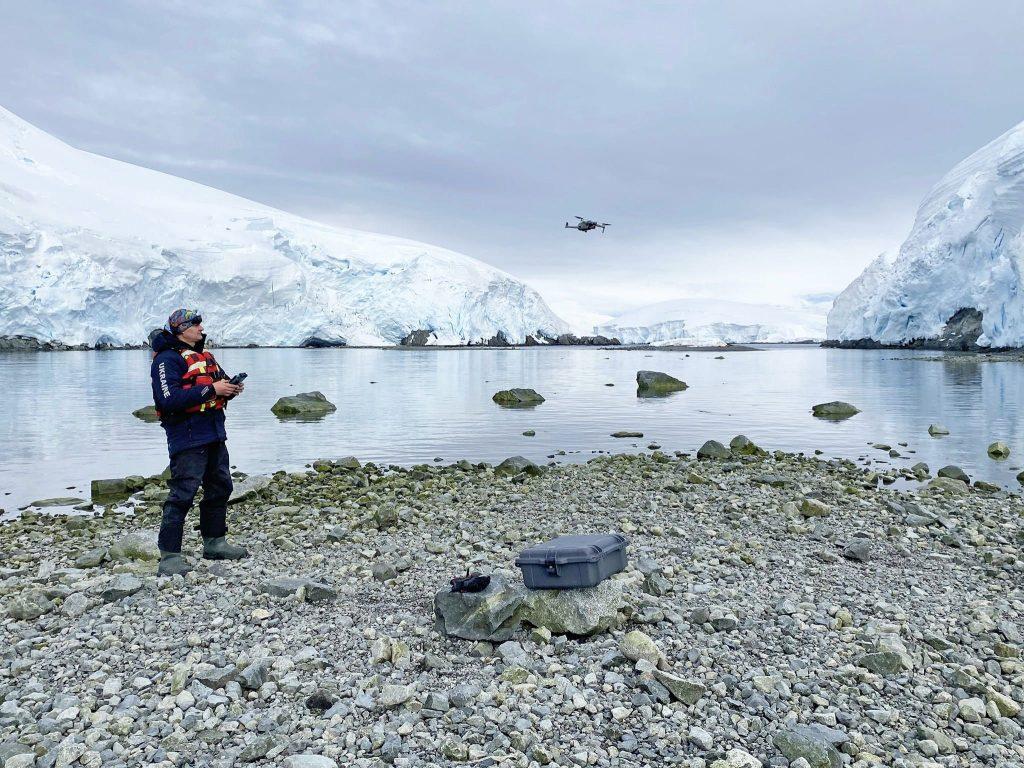
"For more accurate calculations, our drone is equipped with an additional laser altimeter, which determines the distance to the target more accurately than the on-board one," explained Oksana Savenko, a whale researcher and an employee of the Department of Biology and Ecology of the National Center for Scientific Research.
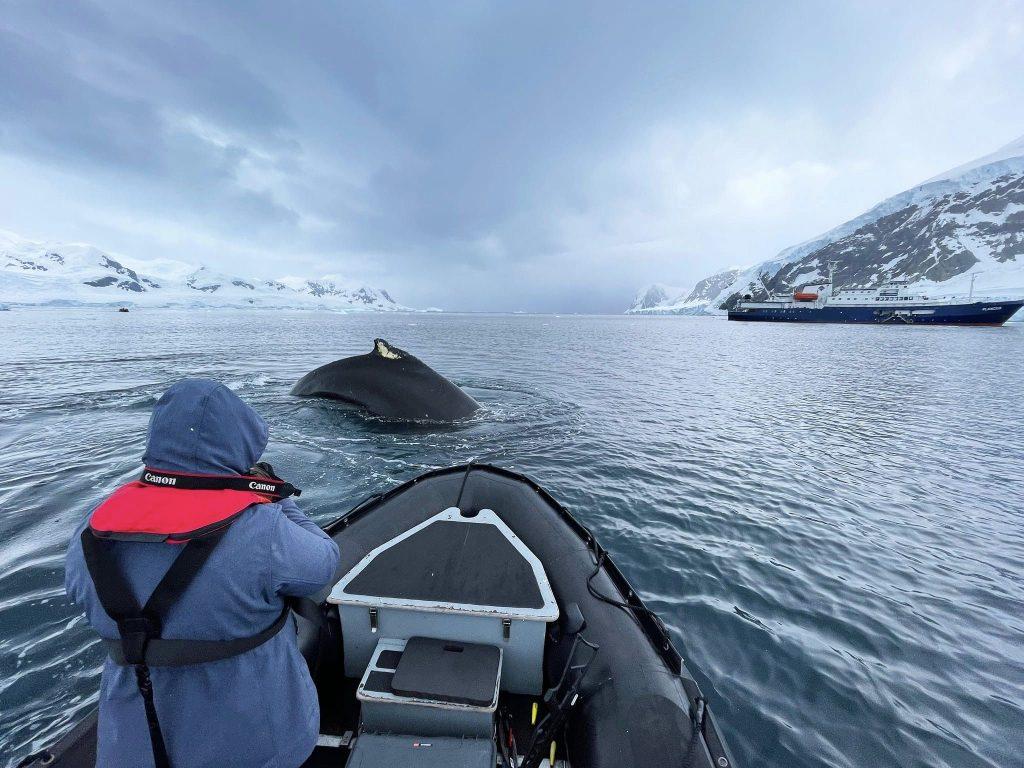
After determining the size of the whale, scientists can conclude its age category, that is, whether it is a young animal or already older, and how fat it is. This, in turn, makes it possible to understand better the state of whale populations, many of which were exterminated by humans in the last century, and the quality of the food base this year, because some species come to the Antarctic to feed.
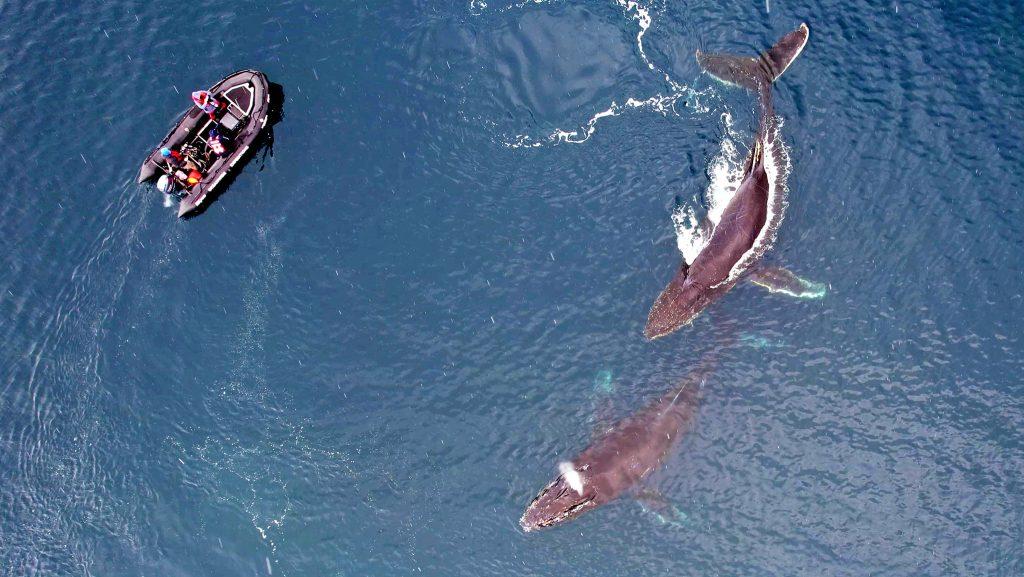
One of this program's important tasks is to study the reaction of whales to the approach of boats and their presence in the vicinity. This is an international experiment, the results of which will adjust the rules for scientific and recreational whale watching in the Antarctic.
Scientists are also using drones to study the behavior of whales in general. For example, how females teach their young to feed themselves with krill or how whales interact during group hunting and social contact.
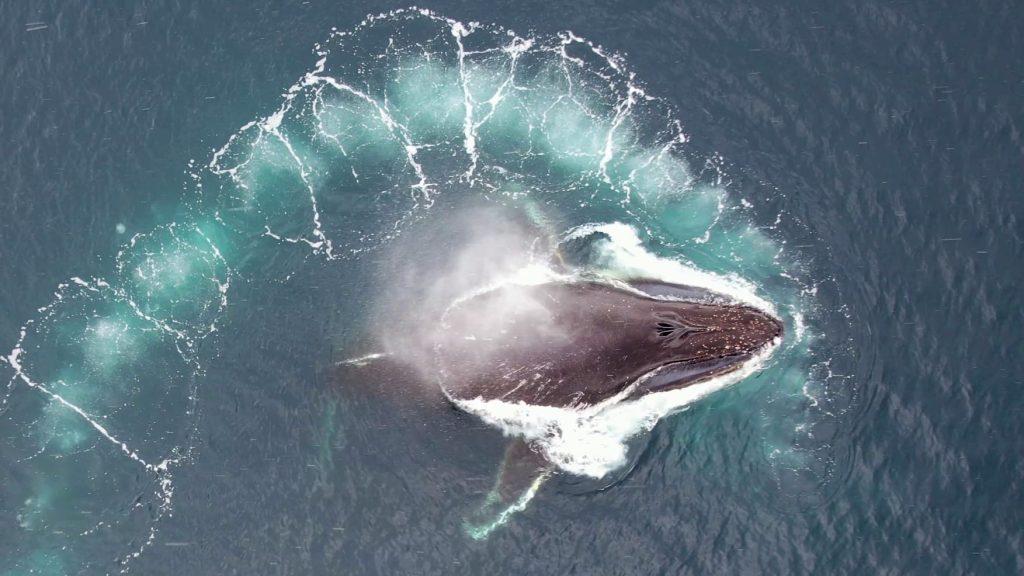
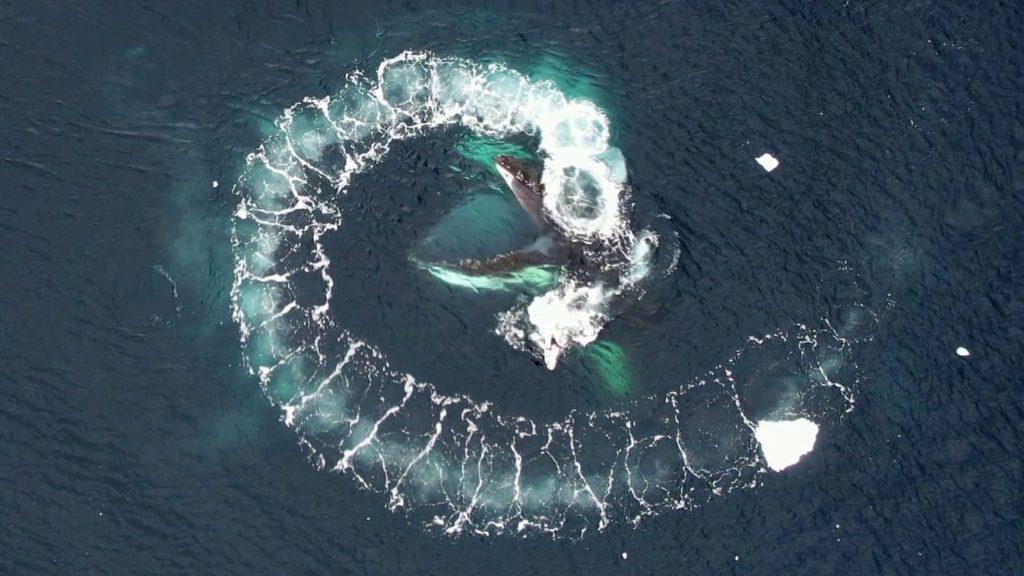
The first stage of this work was carried out by employees of the Department of Biology and Ecology of the National Science Center, working within the framework of seasonal research, Oksana Savenko and Vadym Tkachenko in the Antarctic Peninsula (as invited scientists, they had the opportunity to work on the tourist ship "Plancius"). Scientists also managed to conduct a number of other important studies of whales and seals, which have been ongoing at our station for more than a year and are part of the international cooperation of the National Center for Biotelemetry and Behavioral Ecology of the University of California (USA) and the "Happywhale" marine mammal photo-identification project.









